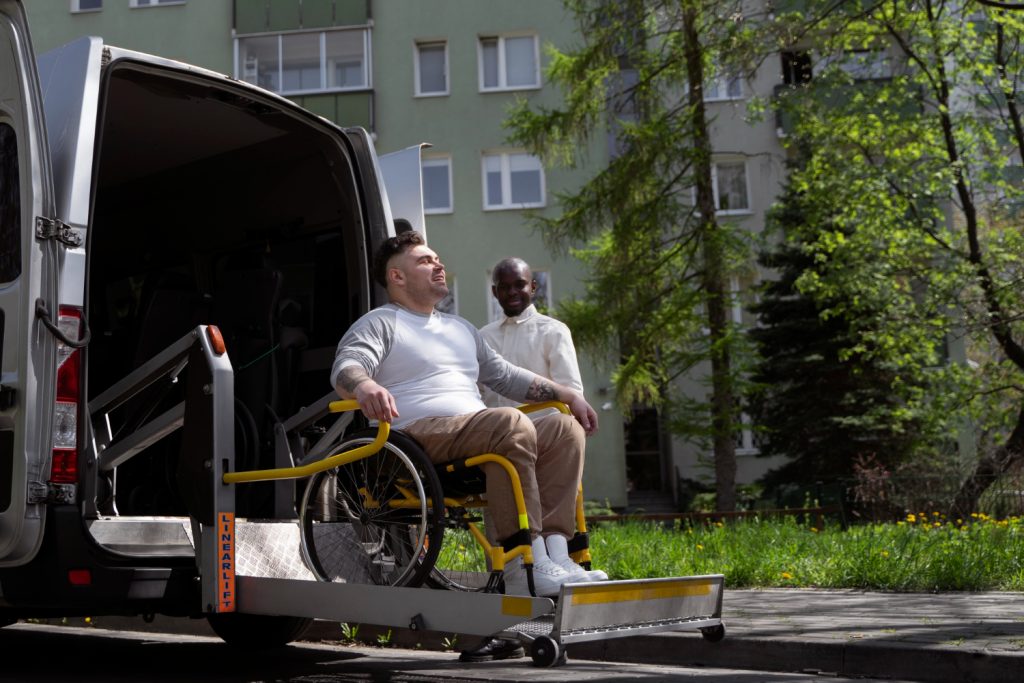Some doors open easily, but others are harder to find and even harder to push through. For many, transportation feels like one of those doors, especially for people who are older, living with disabilities, or without steady access to technology. For them, a missed ride can mean missed care and growing isolation.
Each year, millions of medical appointments in the United States are missed because of transportation issues. The American Hospital Association has estimated that roughly 3.6 million people delay or avoid healthcare because they cannot get there. For seniors and people with disabilities, the consequences often include worsening health, more emergency room visits, and higher costs for both individuals and the healthcare system.
Coordinated Transportation Solutions (CTS) wants to make sure the door is open to everyone. Its “No Wrong Door” transportation model is built to meet people where they are. The goal is to connect individuals with rides to healthcare, food, and other essential services without expecting them to master complicated systems.
More Than a Ride
For many, transportation is more than a way to get around. It is the link between home and the places that keep life stable, such as medical care, healthy food, work, and social connection. People who lack reliable transportation are more likely to have unmet health needs and to miss follow-up appointments after hospital stays.
The CTS approach treats transportation as part of community care. It is designed to remove the obstacles that often stand in the way, including mobility limitations, low income, language differences, and gaps in digital literacy.
A Model With Many Entry Points
The “No Wrong Door” model offers several ways to schedule rides. People can call a phone line and speak with someone directly, visit in person for assistance, use a web platform, or book through basic text-based options. Each path is designed to fit different needs and abilities.
This approach avoids what happens when systems only allow one way to book. Older adults who have never used a smartphone, people with memory challenges, and those who do not speak English fluently may not be able to complete a digital-only process.
Meeting People Where They Are
The strength of this model is in how it adapts to different needs. It does not assume everyone has the same tools or skills. Instead, it makes room for differences and offers real choices. That flexibility gives riders something beyond a ride. It gives them independence and respect.
And the need for this kind of system is growing. By 2030, one in five Americans will be over the age of 65, and rates of chronic conditions that require ongoing care continue to climb. Transportation programs that do not adjust will leave too many behind.
CTS is responding now with a model built for an aging population and growing healthcare demands. It keeps access open and reliable for everyone, which can mean not just better health, but greater stability and dignity for those who rely on it. Transportation becomes more than movement. It becomes connection and a better chance to live well.













